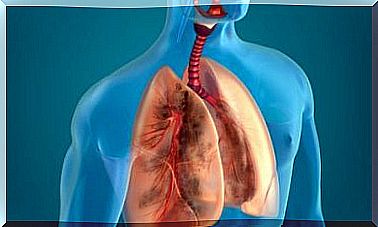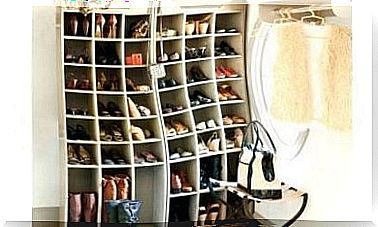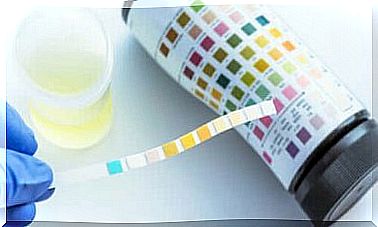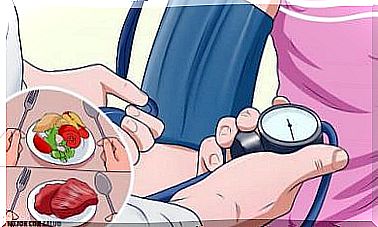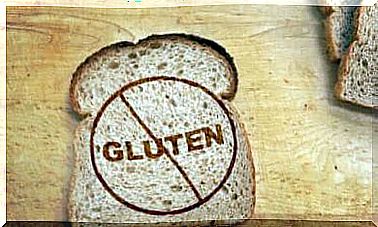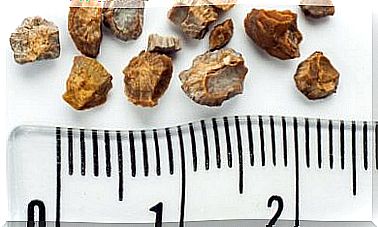Types Of Mouthwashes And Their Use
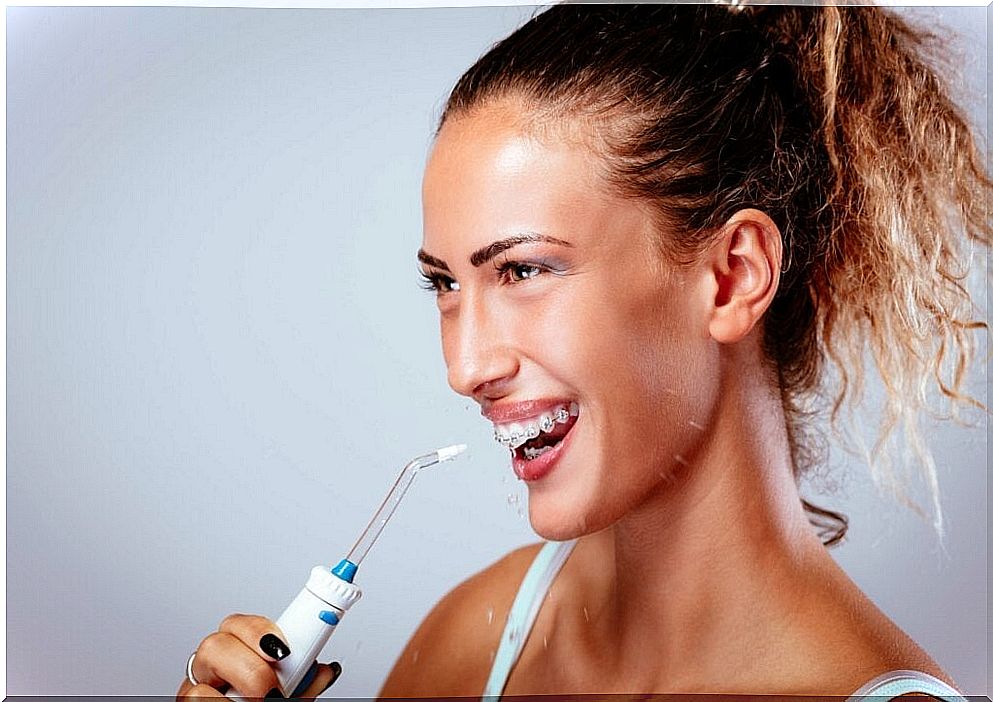
We all know how important toothbrushes, fluoride toothpaste and dental floss are when it comes to keeping your mouth healthy. But there are other tools you can use, like mouthwashes that can improve your oral hygiene. Today we look at the different types of mouthwashes and their use.
Oral hygiene
Bacterial plaque is a sticky film of food debris and bacteria that sticks to the teeth. It is responsible for many oral ailments, such as cavities, gingivitis and periodontal disease.
The goal of dental hygiene is to get rid of these bacteria. In general, we can get rid of most things by brushing teeth. But since there are some areas that bristles cannot reach, we need to use other instruments as well.
The interproximal area, such as are the space between the teeth, between our mouth and braces or areas with crowns, are sections that require other tools for cleaning. Flossing, interdental brushes and various types of mouthwashes are ideal to help reach these areas.
In this article, we share what the different types of mouthwashes are and they work. Read on to learn more about them and how they can help you keep your mouth clean and healthy.
What are mouthwashes?
Mouthwashes are devices that shoot a jet of fine water under pressure into the mouth. This water jet works to remove food debris and bacterial plaque that has accumulated in the mouth.
People use them to reach places in their mouth that regular brushing does not have access to. For example, they are especially useful in spaces where the teeth meet the gums and where people have fixed braces or dentures.
Mouthwashes consist of a motor that drives the pump, a water tank and a special nozzle that helps you access the tooth surfaces. When you use this tool, it will create a fine jet of water at high pressure that can gently dig out food particles and bacteria that are stuck in, on or around your teeth.
As they are safe and easy to handle, anyone who wants to can use this tool in their care routine. You can use them with just water or with another antiseptic solution.
Types of mouthwashes
There are different types of mouthwashes. There are also different brands in different price ranges. Therefore, you have the opportunity to choose from several different, which allows you to meet your individual needs.
Below we tell you about the most common types.
Mouthwashes with a cord
When it comes to mouthwashes, this is the largest and heaviest version. You need to plug it into an electrical outlet and people tend to leave it in the bathroom.
In addition, they have a water tank that you need to refill when you have finished cleaning your teeth. They are strong and usually come with different heads so you can use them for different things. They are also easy to find and are usually the cheapest option.
The more advanced models come with the ability to adjust the pressure. This allows you to select the strength of the water jet. Therefore, it is a good option for those with sensitive gums or implants.
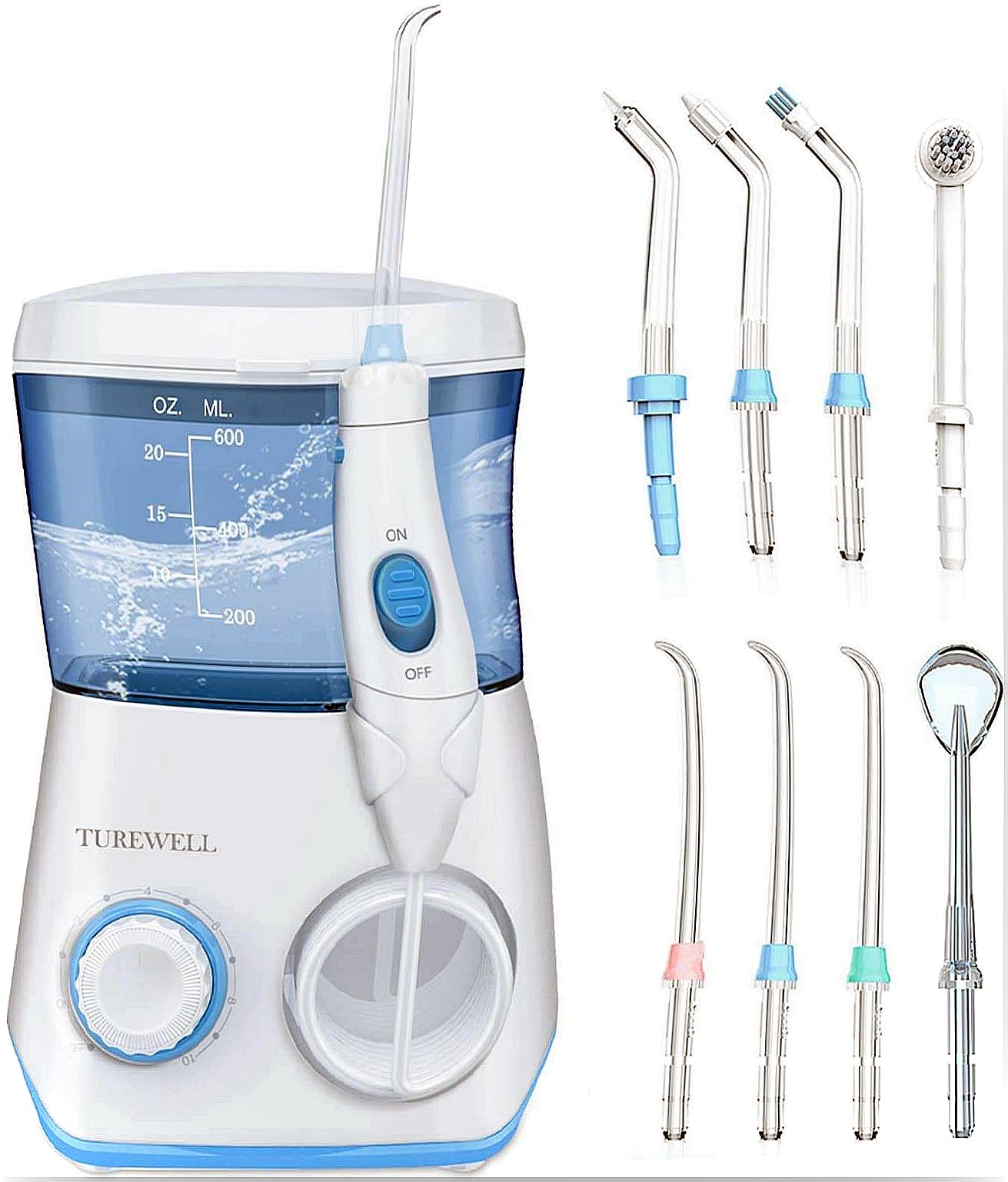
Wireless or battery-powered mouthwashes
These types of mouthwashes are smaller, thinner and do not take up much space. So they are quite portable and you can take them on the go. Because of this versatility, they are ideal for people who travel a lot.
In addition, they have a large capacity water tank and a battery that you can recharge via USB or charger with a standard plug. However, they do not have as much power as the wires, and their strength may be affected if you do not charge the battery.
Mouthwashes for showers
Mouthwashes for showers are connected to the shower head. For these you do not need electricity or batteries, nor do you need to charge them. Instead, they use the power from your water system. The downside, however, is that they are harder to maneuver.
The taps look like the shower head in the shower, but they have a pipe that connects to the faucet. You also do not need to recharge them, use electricity or batteries, and they are easier to handle. However, they are harder to find in the abdomen and dental clinics are usually the ones that have them.
Mouthwashes for children
Generally, everyone in the family can use these devices if they make the necessary reservations. When it comes to the smallest members of the household, some types of mouthwashes have special properties for them.
For example, some of them allow you to select the pressure level so that it becomes less powerful for children than for adults. This prevents your children from applying excessive pressure to their sensitive teeth and allows them to clean more gently.
In addition, size is important. Your kids need smaller devices so they can handle them more comfortably and easily.
How to use mouthwashes
When using mouthwashes, there are some steps you need to follow to ensure that you use them properly:
- First, you should brush your teeth and floss as you normally would. This cleans the areas between the teeth.
- Then fill the water tank with water or diluted mouthwash (1 part mouthwash to 4 parts water).
- Connect the nozzle you want to use and adjust the water pressure to suit your needs.
- Put the mouthwash in your mouth and let the water hit all your teeth, crowns and braces. It is important to clean the edge at the gums, spaces and also the surface of the teeth with less pressure.
- When done, clean the water tank and nozzle.
It usually takes between 2 and 5 minutes to clean with mouthwashes, depending on each person’s needs. We only recommend using it once a day, preferably after dinner and before bedtime. That way, you can go to bed with your mouth as clean as possible.
However, you should note that you cannot use a mouthwash if you have any sores in your mouth. The mouthwash could make them worse, so the use is contraindicated.
The benefits of mouthwashes
Using mouthwashes improves your oral hygiene and helps you take care of your mouth. As we mentioned earlier, it helps remove bacterial plaque from areas that are otherwise difficult to reach, giving you a more complete cleaning.
In addition, it requires less manual dexterity than dental floss. Using these devices offers the following benefits:
- It reduces the possibility of inflammation of the gums and bleeding gums during brushing.
- Mouthwashes remove food debris and bacterial plaque from areas that toothbrushes cannot reach.
- They are easy to use. You do not have to move too much or use a lot of manual dexterity to handle it.
- They help braces people remove food debris and clean their braces properly.
- The application extends the life of crowns, bridges and implants.
- Mouthwashes prevent the formation of tartar, cavities, stains on the teeth and bad breath.
- They give a feeling of cleanliness and freshness in the mouth.
However, as we have already mentioned, mouthwashes are not a substitute for brushing or flossing. Instead, they offer a more complete cleaning that improves your oral hygiene.
Use of the different types of mouthwashes
Anyone who wants to take care of their oral hygiene and improve it can use mouthwashes. However, there are certain circumstances where this device may actually be the solution to a problem.
For example, if you have gingivitis, whether it is caused by gingivitis, periodontitis or other factors, you may experience gum tissue pain, soreness, redness or bleeding. Accumulation of bacterial plaque aggravates this condition, so it is important to keep your gums clean.
For some patients, flossing can be painful, uncomfortable and even cause more bleeding in the area. Mouthwashes allow you to gently and comfortably disinfect this sensitive tissue.
Periodontal disease is the complication and development of gingivitis. As we mentioned, you can use a mouthwash to help clean the gum tissue and reduce your bleeding and inflammation. In addition, your dentist may suggest that you use these devices with special mouthwash. This allows you to reach periodontal pockets (below the gum line) and treat the infection locally.
Some patients suffer from dry mouth due to things such as genetics, specific diseases or certain drugs. In these cases, the ability of saliva to naturally cleanse the mouth is reduced, which increases the risk of tooth deterioration and periodontitis. Mouthwashes help moisturize the oral cavity and eliminate accumulated bacterial plaque.
In addition, patients who have permanent braces often have problems with food and bacteria accumulation on their braces or wires. Mouthwashes help you remove the trapped particles and maintain proper hygiene.
Due to factors like the placement of people’s teeth, implants or crowns and poorly fitted fillings, some people may get food trapped between their teeth. In these cases, mouthwashes are very helpful when it comes to cleaning problem areas.
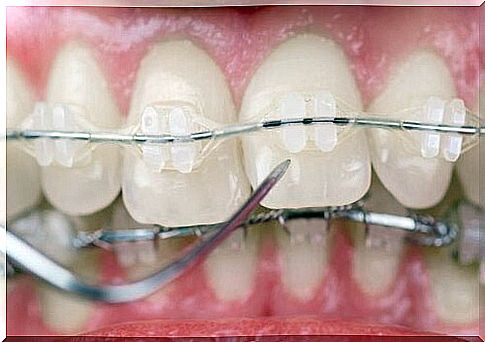
Tips for choosing between the different types of mouthwashes
When choosing between the different types of mouthwashes, there are certain aspects that you need to analyze and consider so that you can choose the best model for you:
- Power source: Electric mouthwashes are more powerful, but they are larger. They can be battery powered or rechargeable with a USB or an electric charger. You need to be aware of the type of power that the appliance needs and whether it works for you. In addition, keep in mind if you need to be able to transport it.
- Water source: Portable mouthwashes usually have a built-in tank of 60 to 150 ml, making them easier to transport. Electric, on the other hand, has larger tanks that can carry up to a liter, so you do not have to change the water as often.
- Waterproof: If the product has a waterproof nozzle and is certified waterproof, it is more likely to be a high quality product.
- Water pressure intensity: We recommend that you find a mouthwash with adjustable water pressure levels. That way, you can use it for problems that require a milder approach as well as for those who need more intensity.
- Nozzles and heads: The more nozzle sizes and designs the device has, the better. This type allows you to choose the nozzle that works best for each situation. In addition, some mouthwashes are 2-in-1, which means you can also attach a brush head and use it as an electric toothbrush.
- Design: You should also consider the shape, weight and materials of your mouthwash. You need to look for a device that is compact, strong, lightweight, easy to use and that fits perfectly in your hand.
Conclusion on the different types of mouthwashes
Mouthwashes are comfortable and useful tools that give your mouth a more complete cleaning.
Although they are not a substitute for toothbrushing, they help you take care of your smile. As we mentioned earlier, they keep your mouth fresh and remove bacterial plaque that is difficult to remove.
It is always a good idea to talk to your dentist about the most appropriate solution for you. They will be able to help with your purchase and they will be able to provide more comprehensive care of your mouth.



